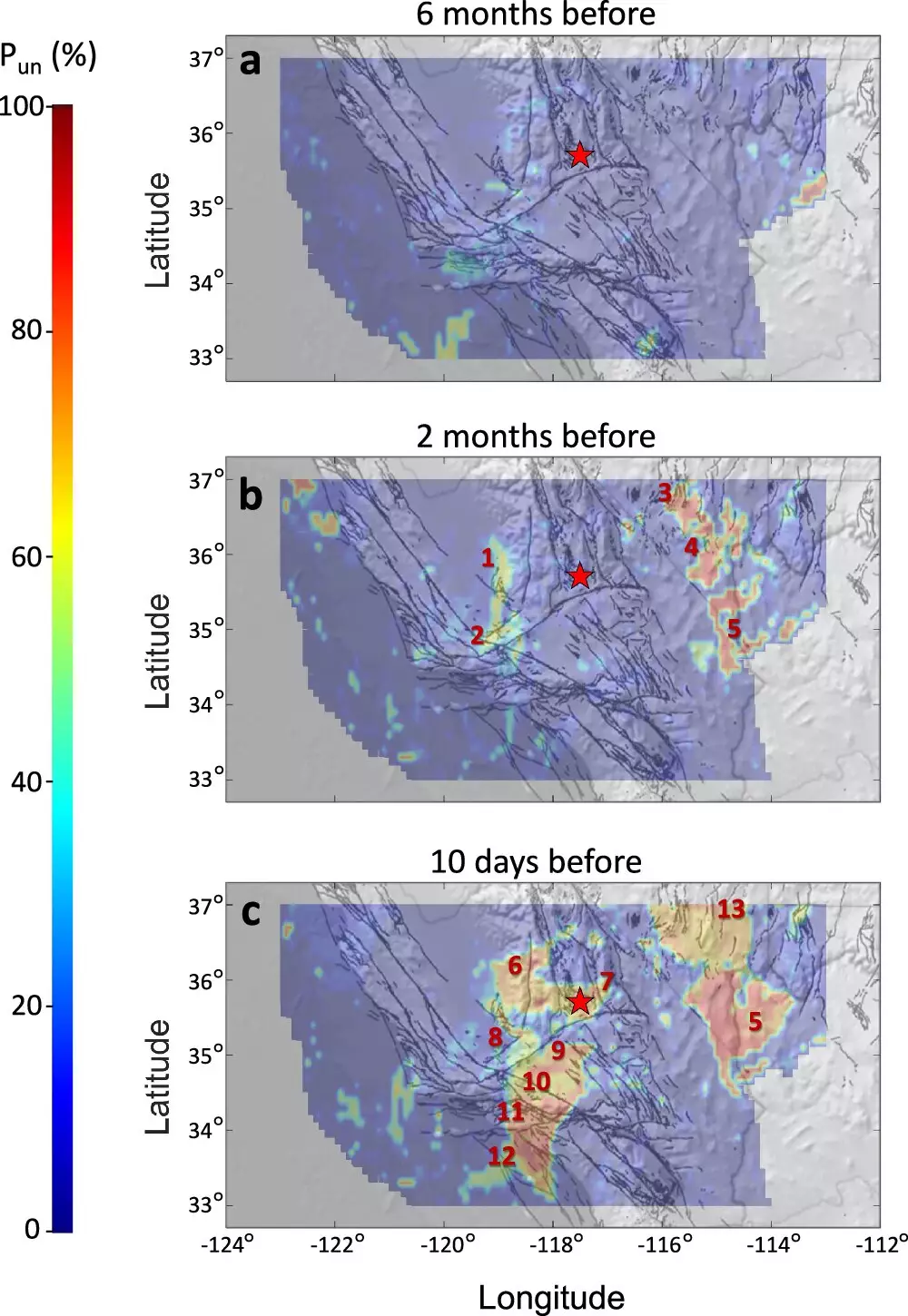In recent research conducted by a team of scientists at the University of Alaska Fairbanks, it has been suggested that the public could potentially receive days or even months of warning before a major earthquake occurs. Through the analysis of prior low-level tectonic unrest using advanced statistical techniques and machine learning, the researchers have found promising results that could revolutionize earthquake forecasting. This groundbreaking work has the potential to save lives, reduce economic losses, and provide crucial early warnings to at-risk populations.
The team, led by research assistant professor Társilo Girona, utilized machine learning algorithms to identify abnormal seismic activity that may serve as precursors to large-magnitude earthquakes. By analyzing datasets derived from earthquake catalogs, the researchers were able to pinpoint patterns of low-magnitude regional seismicity that preceded major earthquakes in Alaska and California. These findings suggest that unrest before significant seismic events is often characterized by seismic activity below a magnitude of 1.5.
The study focused on two major earthquakes: the 2018 magnitude 7.1 Anchorage earthquake and the 2019 Ridgecrest, California, earthquake sequence. It was discovered that abnormal low-magnitude regional seismicity occurred approximately three months before each of these events, covering large areas in Southcentral Alaska and Southern California. The researchers found that the probability of a major earthquake occurring within 30 days increased significantly in the months leading up to the seismic events, reaching levels as high as 85%.
Geological Implications
Girona and his team propose a geologic explanation for the low-magnitude precursor activity observed before major earthquakes. They suggest that a significant increase in pore fluid pressure within a fault may lead to fault slip if the pressure overcomes the frictional resistance between rock blocks. This increase in pore fluid pressure alters the mechanical properties of faults, resulting in uneven variations in regional stress fields that can manifest as abnormal seismic activity.
The researchers emphasize the positive impact of machine learning on earthquake research, highlighting the importance of analyzing vast seismic datasets for valuable insights into seismic event precursors. By leveraging machine learning and high-performance computing, researchers can identify meaningful patterns that may indicate an impending earthquake, potentially revolutionizing earthquake forecasting.
While the development of advanced algorithms for earthquake forecasting is promising, the researchers acknowledge that there are significant challenges and ethical considerations to address. False alarms can lead to unnecessary panic and economic disruption, while missed predictions can have catastrophic consequences. Therefore, the method developed by Girona and his team must be rigorously tested in real-time scenarios and tailored to specific regions based on historical seismicity.
The research conducted at the University of Alaska Fairbanks represents a significant advancement in earthquake forecasting. By utilizing machine learning and advanced statistical techniques, researchers have demonstrated the potential for providing early warnings of major seismic events. This groundbreaking work has the potential to save lives, reduce economic losses, and improve disaster preparedness strategies worldwide.



Leave a Reply